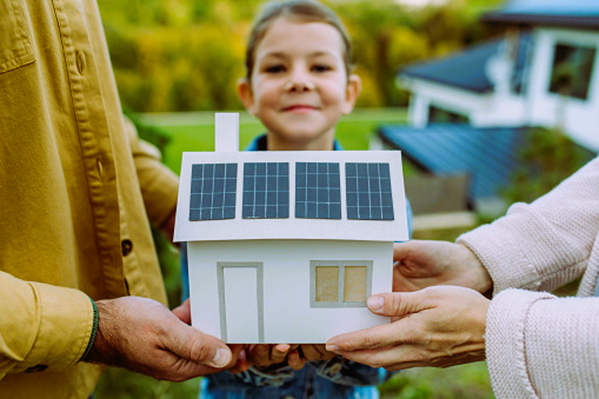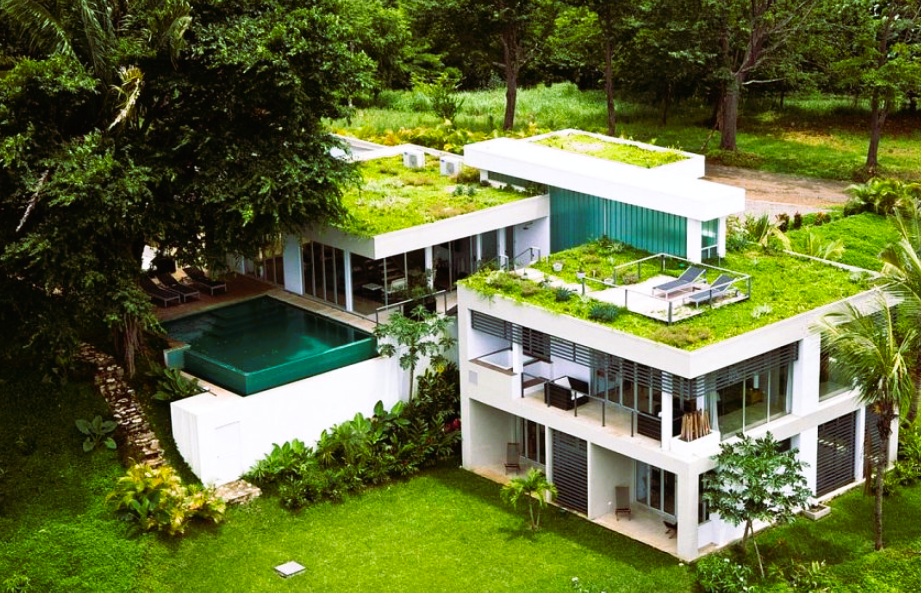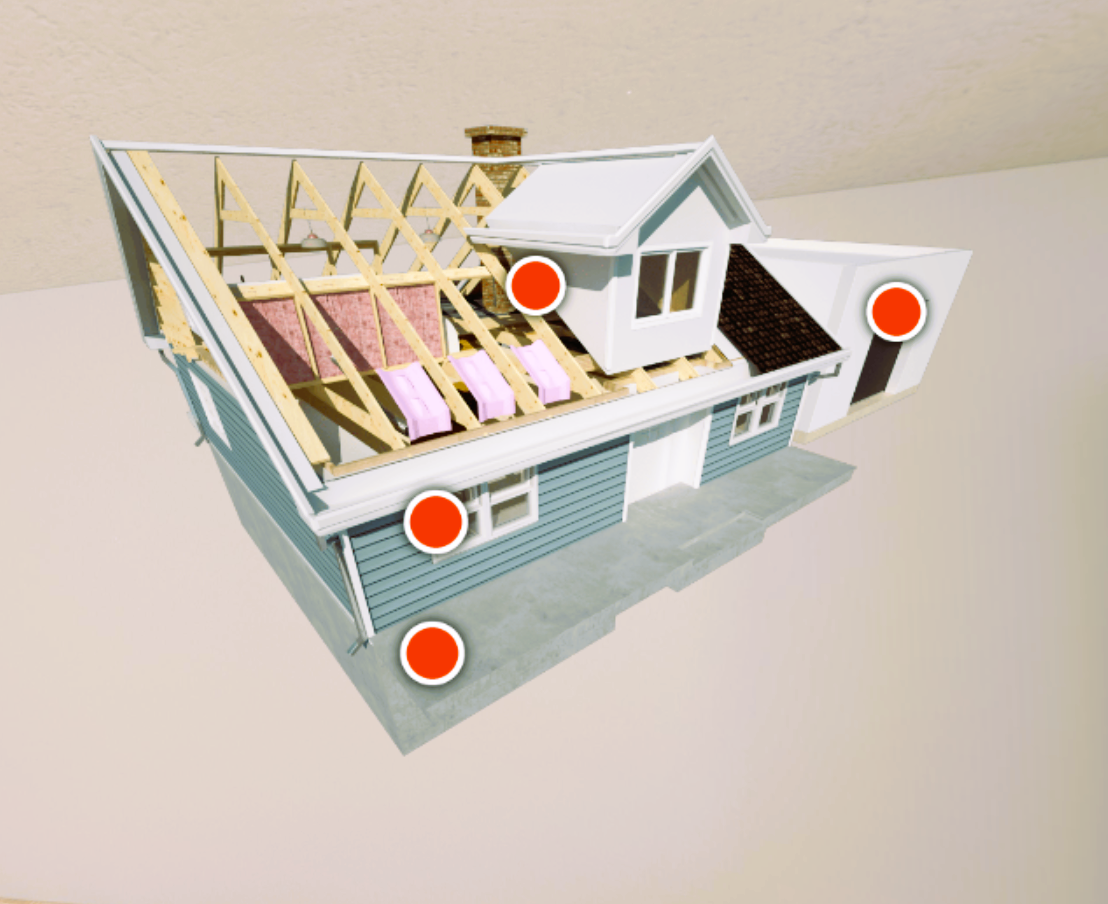In an era where environmental consciousness takes center stage, the concept of energy-efficient homes emerges as a beacon of sustainable living. These homes not only minimize their impact on the environment but also offer significant benefits to homeowners. In this exploration of energy-efficient homes, we’ll unravel the key principles, advantages, and the role of standardization in shaping a greener future.
Understanding Energy Efficiency
Energy-efficient homes are designed to optimize energy consumption, reduce waste, and harness renewable resources. The goal is to create living spaces that demand less energy for heating, cooling, lighting, and overall maintenance, leading to a reduced carbon footprint. Achieving energy efficiency involves a combination of smart design, advanced technologies, and sustainable practices.
Key Principles of Energy-Efficient Homes

- Insulation: Proper insulation is fundamental to minimizing heat transfer, ensuring homes stay warm in winter and cool in summer without excessive reliance on heating or air conditioning.
- Energy-Efficient Windows: High-performance windows with advanced glazing technologies help regulate indoor temperatures, allowing natural light while minimizing heat gain or loss.
- Energy-Efficient Appliances: The integration of energy-efficient appliances, lighting, and HVAC systems significantly contributes to overall energy savings.
- Renewable Energy Sources: Incorporating renewable energy sources such as solar panels, wind turbines, or geothermal systems enables homes to generate their energy, reducing dependence on traditional power grids.
- Smart Home Technologies: Automation and smart home technologies play a crucial role in energy efficiency, allowing homeowners to monitor and control energy consumption through connected devices. Controlling humidity in homes for a healthier lifestyle, more details here.
Advantages of Energy-Efficient Homes
- Cost Savings: Energy-efficient homes typically result in lower utility bills, offering long-term cost savings for homeowners.
- Environmental Impact: Reduced energy consumption translates to a decreased environmental impact, contributing to overall sustainability and conservation efforts.
- Enhanced Comfort: Well-insulated and properly ventilated energy-efficient homes provide consistent comfort levels throughout the year.
- Increased Property Value: Energy-efficient features enhance the market value of homes, making them more attractive to environmentally conscious buyers.
- Government Incentives: Many governments offer incentives, tax credits, or rebates for homeowners adopting energy-efficient practices, further encouraging the shift towards sustainable living.
Standardization in Energy Efficiency
Standardization plays a pivotal role in shaping the landscape of energy-efficient homes. Established norms and guidelines ensure consistency, reliability, and accountability in the implementation of energy-efficient practices. For comprehensive information on energy efficiency standards in Canada, you can refer to Canada’s official website.
Canadian Energy Codes and Standards
- National Building Code of Canada (NBCC): The NBCC sets out technical provisions for the design and construction of new buildings to achieve energy efficiency.
- Energy Star Certification: The Energy Star program identifies and promotes energy-efficient products and buildings, providing a recognizable standard for consumers.
- LEED Certification: Leadership in Energy and Environmental Design (LEED) certification focuses on sustainable building design and construction, including energy efficiency.
- R-2000 Standard: Developed by Natural Resources Canada, the R-2000 standard defines energy performance requirements for residential buildings.

The Future of Sustainable Living
As the global focus on sustainability intensifies, energy-efficient homes are poised to become the standard rather than the exception. Advancements in technology, increased awareness, and a collective commitment to environmental responsibility ensure that energy-efficient homes will play a crucial role in shaping the future of sustainable living.
Conclusion
Energy-efficient homes embody a harmonious balance between human comfort, financial prudence, and environmental responsibility. By embracing the principles of energy efficiency and adhering to standardized practices, homeowners contribute not only to their well-being but also to the broader goal of creating a sustainable and ecologically conscious future.
In navigating the journey towards energy efficiency, standardization acts as a guiding force, providing a framework for innovation, accountability, and a shared commitment to a greener world. As we look ahead, energy-efficient homes stand as a testament to the potential of harmonizing modern living with ecological stewardship.


